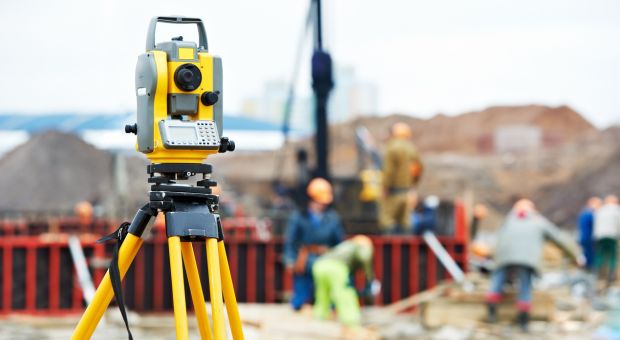Environmental Site Assessments (ESAs) have evolved significantly over the years, driven by advancements in technology. These innovations have revolutionized the way environmental professionals conduct assessments, leading to more accurate, efficient, and comprehensive evaluations of potential environmental risks. Among the key components of modern ESAs is the integration of technology into the Phase 1 Desk Study, enhancing the process of identifying and mitigating environmental liabilities.
Introduction to Environmental Site Assessments
Environmental Site Assessments are critical tools used to evaluate the environmental conditions of properties slated for real estate transactions, development projects, or regulatory compliance. The primary objective is to identify any existing or potential environmental liabilities that could pose risks to human health or the environment. ESAs typically consist of several phases, including the Phase 1 Desk Study, which lays the groundwork for subsequent investigations and decision-making processes.
Leveraging Technology in Phase 1 Desk Study
The Phase 1 Desk Study involves the review of historical records, regulatory databases, and site-specific information to identify potential environmental risks associated with a property. Advancements in technology have significantly enhanced this process, allowing environmental professionals to access and analyze data more efficiently. Key technological innovations in the Phase 1 Desk Study include:
- Geographic Information Systems (GIS): GIS technology allows for the spatial analysis of environmental data, such as land use patterns, groundwater contamination plumes, and proximity to sensitive receptors. By overlaying various layers of geographic information, environmental professionals can gain valuable insights into potential environmental risks associated with a property.
- Remote Sensing: Remote sensing technologies, such as satellite imagery and aerial photography, provide valuable information about land use, vegetation cover, and terrain characteristics. This data can help identify potential sources of contamination, such as industrial facilities or waste disposal sites, without the need for physical site visits.
- Big Data Analytics: The proliferation of big data analytics tools enables environmental professionals to process and analyze large volumes of data quickly and efficiently. By leveraging advanced analytics techniques, such as machine learning and predictive modeling, environmental professionals can identify patterns and trends that may indicate environmental risks or liabilities.
- Online Databases and Digital Archives: Access to online databases and digital archives has streamlined the process of gathering historical information about a property’s previous land use, ownership, and environmental incidents. Environmental professionals can quickly retrieve relevant documents, such as environmental permits, spill reports, and regulatory filings, to assess potential environmental risks.
Benefits of Technological Advancements
The integration of technology into the Phase 1 Desk Study offers several benefits for environmental professionals and stakeholders involved in property transactions and development projects:
- Improved Accuracy: Advanced technology enables more precise data collection and analysis, reducing the likelihood of errors and inaccuracies in the assessment process.
- Cost-Effectiveness: Technology allows for faster and more efficient data collection, analysis, and reporting, leading to cost savings for property owners, investors, and developers.
- Enhanced Decision-Making: Access to real-time data and advanced analytical tools empowers environmental professionals to make informed decisions about property transactions and development plans.
- Increased Transparency: Technology facilitates the sharing of information and collaboration among stakeholders, promoting transparency and accountability in the assessment process.
Future Trends and Challenges
As technology continues to evolve, the future of environmental site assessments is poised for further innovation and advancement. However, with these advancements come challenges, such as data privacy concerns, cybersecurity risks, and the need for specialized training and expertise. Environmental professionals must stay abreast of emerging technologies and regulatory requirements to effectively navigate these challenges and ensure the integrity and reliability of environmental assessments.
Conclusion
Technology plays a pivotal role in modern environmental site assessments, particularly in the Phase 1 Desk Study phase. By leveraging advanced technologies such as GIS, remote sensing, big data analytics, and online databases, environmental professionals can conduct more accurate, efficient, and comprehensive evaluations of potential environmental risks associated with properties. These technological innovations not only enhance the assessment process but also contribute to informed decision-making, cost savings, and sustainable development practices. As technology continues to evolve, the future of environmental site assessments holds tremendous promise for addressing environmental challenges and ensuring the protection of human health and the environment.


